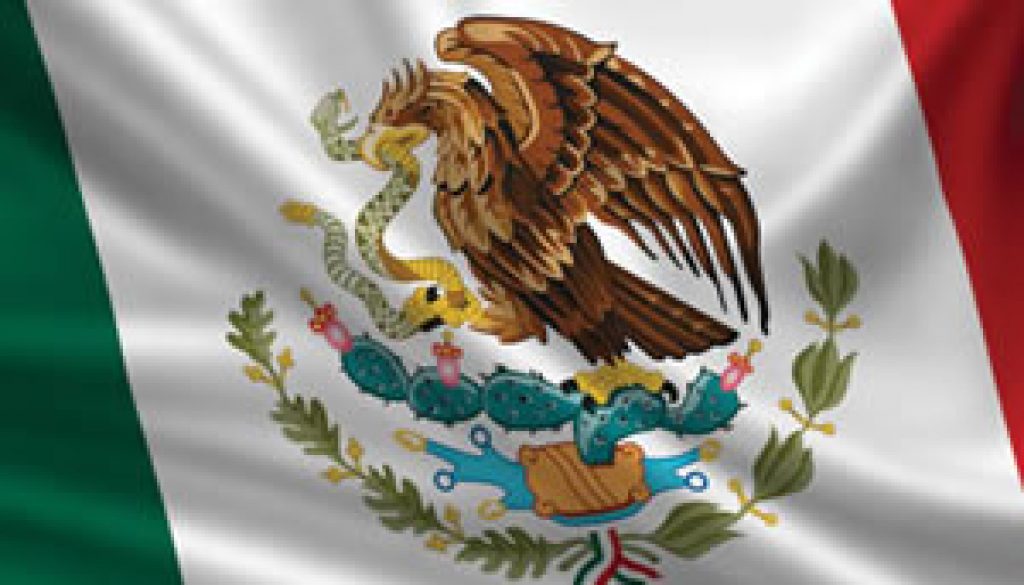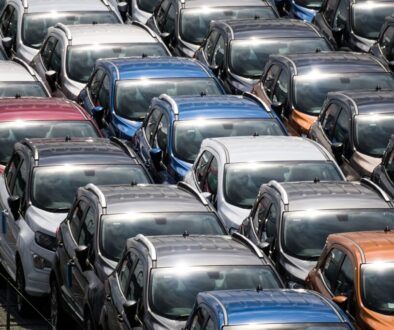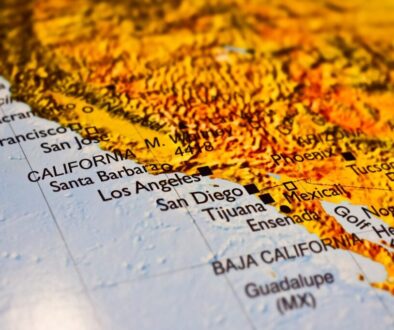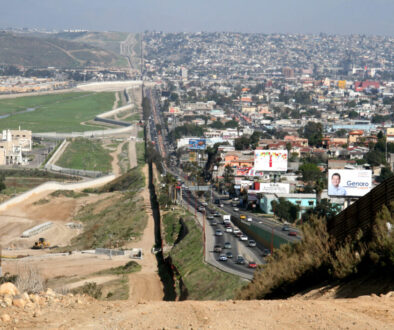Cali-Baja border infrastructure project
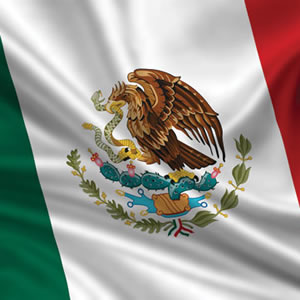 By Adina Moloman
By Adina Moloman
Sources: SanDiegoRed, San Diego Forward: The Regional Plan, SEDECO
The Mexico Maquiladora Industry plays a crucial role in the Cali-Baja region since it generates employment opportunities and economic growth in Baja California and in San Diego, due to a large number of transnational corporations with headquarters facilities north of the border and manufacturing facilities south of the border. The region is a great mix of a large urban center of innovation such it is San Diego combined with an advanced manufacturing in Mexico. California is one of the main providers of raw materials that are used for the advanced manufacturing processes on the facilities located in the state of Baja California. In general, Mexico is California’s number one export market, purchasing nearly $25.5 billion of California exports in 2014. Also two-thirds of Baja California’s exports are destined for the United States. Most of the goods traded in the Baja California- California region is transported by trucks, using at its maximum the local infrastructure, roads and highway networks, passing through the commercial Ports of Entries (POEs).
In the last couple of years has raised a great concerned on both sides of the border with air quality impacts associated with heavy-duty diesel trucks idling as they wait to cross the border. Trucks crossing between Mexico and the United States at Otay Mesa Port of Entry sometimes wait six hours during peak travel periods. These generate important economic losses for both sides of the border and also affect the environment. Since all the forecasts indicate an increase in population growth, and by consequence an increase in bi-national vehicular movement of people, goods and services, the current border infrastructure wouldn’t be satisfactory.
Key stakeholders across the U.S.-Mexico border region are working on developing a shared vision for trade and development to strengthen regional competitiveness. Now, concerning the improvement of border infrastructure there are still working on the approval of the Otay Mesa East port of entry, as part of the 2014-2018 National Infrastructure Program, destined for light vehicles and commercial transportation, that will reduce the wait times in the region and will support health and environmental concerns.
On April 2015, a bi-national delegation from the Cali-Baja region advocated in Mexico City to accelerate bilateral progress on issues of trade facilitation, regional transportation planning, energy cooperation, educational exchange, etc. During a meeting with the Infrastructure Sub-Secretary, Raul Murrieta, the last one confirmed the approval of the construction of the Otay Mesa East port of Entry. The news came after was signed a memorandum of understanding between the Infrastructure Sub-Secretary, Raul Murrieta, and the Secretary of the California Department of Transportation, Brian Kelly.
The investment is estimated of two billion pesos for the constructions of 35 lanes (27 in the North, and 8 in the South), and possible, the operations will start in 2017-2018 period.


